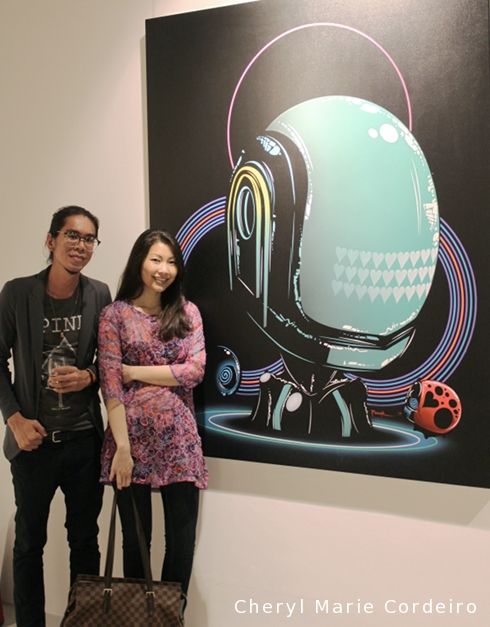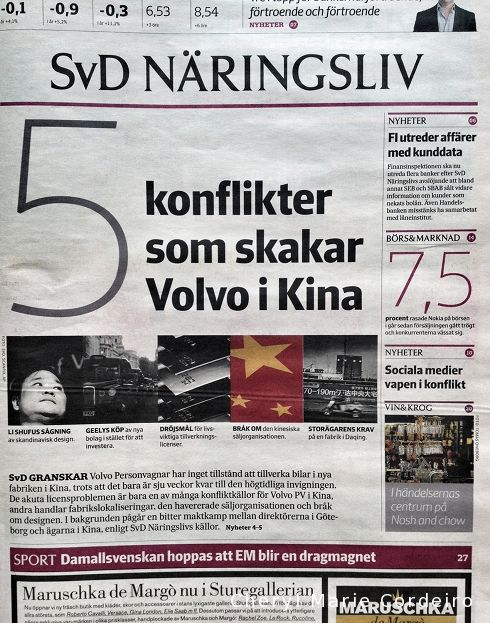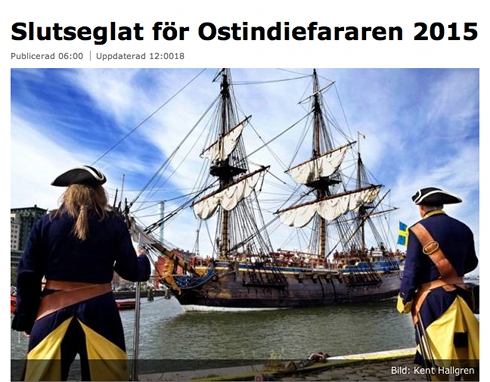The past decade has seen an increasing call for the field of International Business studies (IB) to embrace interdisciplinarity, the interest moving from cross-disciplinary and multidisciplinary in nature to one that encouraged the blurring of boundaries and the integration of disciplines to render new insights.
In a recent roundtable session, the terms multidisciplinary (MD), interdisciplinary (ID) and trans-disciplinary (TD) were discussed in relation to the field of IB. As could be expected we all entered the debate with our own tacit knowledge of the field, to be put on the table and to disentangle our various definitions.
The task proved more interesting when one paper on the definitions of these words was placed on the table, that now set a reference point. And then more papers were presented that set a number of different reference points.
We did what we do best in such situations and that was to survey the ground from a top-down perspective, and then break for coffee. Continue reading ”Multidisciplinary, Interdisciplinary, Transdisciplinary”







